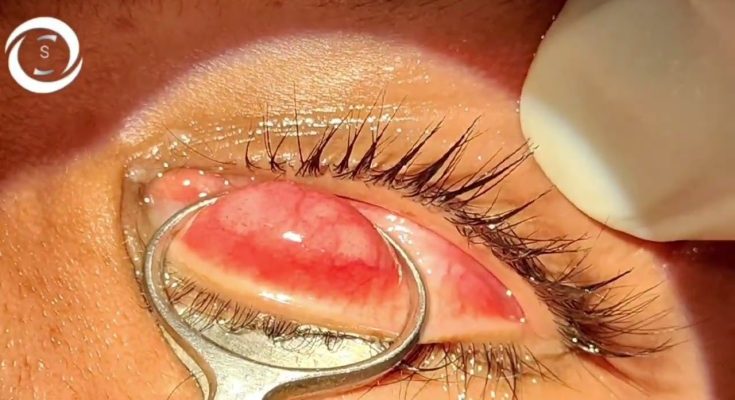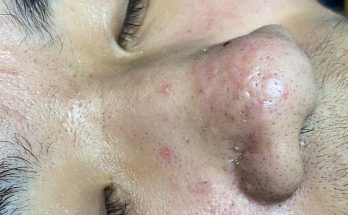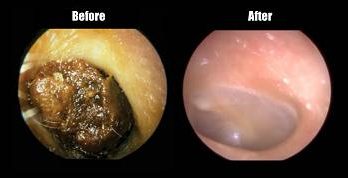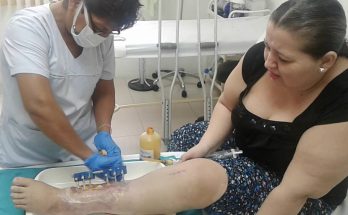Chalazion Surgery: Everything You Need to Know
Chalazion surgery removes a small red bump that develops on the eyelid. The bump, chalazion, occurs when oil glands in the eyelid become blocked. Though a chalazion usually heals with medical care, your healthcare provider may recommend surgery if the bump persists for several months, enlarges, or affects your vision.
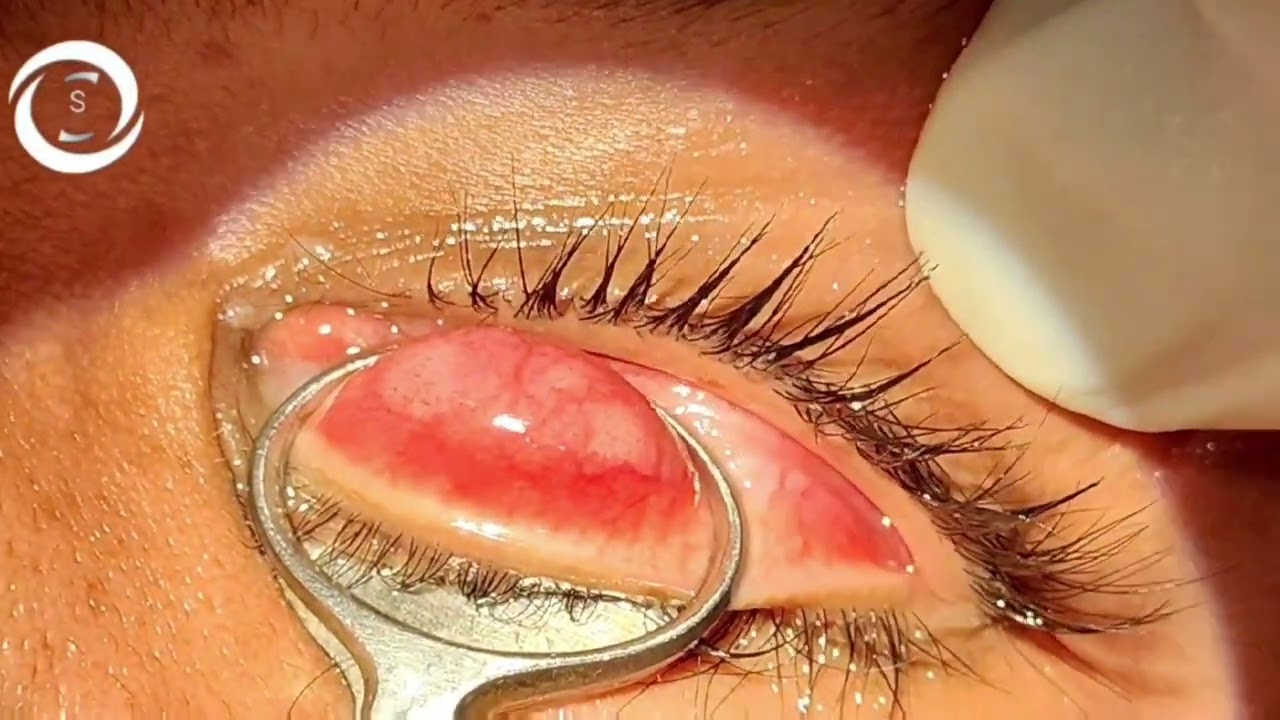
:max_bytes(150000):strip_icc():format(webp)/GettyImages-1214497552-88bad55d76de40b58cd310dadb077f39.jpg)
When Will I Need Chalazion Surgery?
Your eyelids have 30-40 tiny glands (meibomian glands).1 These glands produce and release oils that are essential for healthy tears. If a gland is blocked (meibomian gland dysfunction), the oil backs up and thickens, forming a red, swollen area called a chalazion.
A chalazion most often occurs on the upper eyelid near the eyelashes. Over several days, the bump can enlarge to the size of a pea, but it’s usually painless.
An infection does not cause the blockage. However, your risk of developing a chalazion may be higher if you have viral conjunctivitis (pink eye), blepharitis, or certain skin conditions like seborrheic dermatitis.2
The swelling and redness usually improve within one month with nonsurgical treatments such as:34
- Warm compresses
- Gentle eyelid massages
- Prescription steroid ointment
- Steroid injections
A small, firm lump of oil may remain even after the redness and swelling improve. Chalazia also frequently recur.
When You Need Surgery
Your healthcare provider may recommend surgery when the chalazion:5
- Doesn’t improve despite nonsurgical therapies
- Becomes more swollen and painful
- Enlarges enough to press against your eyeball
- Causes blurry vision, watery eyes, or eye discomfort
Chalazion vs. Stye
Sometimes a chalazion can be confused with a stye. Chalazia are painless, not caused by an infection, and form in the eyelid. Styes are tender or painful, caused by an acute bacterial infection, and in the eyelid follicle near the eyelid’s edge.6
Surgical Procedure
Chalazion surgery is performed by an eye specialist, such as an ophthalmologist, optometrist, or oculoplastic surgeon. Oculoplastic surgeons specialize in plastic and reconstructive surgeries involving the eyelids and certain other parts of the face. Children and adults can have chalazion surgery.7
Contraindications
You may not be able to have chalazion surgery if the bump is too close to the opening in the corner of your eye (where tears drain) or you have an allergy to anesthesia.
Potential Risks
Chalazion surgery is generally a safe procedure. Though problems seldom occur, the potential risks include:8
- Bleeding
- Eyelid dimpling
- Ingrown eyelashes
- Loss of eyelashes
- Unintended gland injury
How to Prepare
At your pre-operative appointment, your doctor will review the steps involved in your surgery, including the preparatory and recovery processes.9
What to Wear
Wear loose-fitting, comfortable clothes on the day of your surgery. You may want to wear a shirt or blouse that buttons or zips in the front so you don’t have to pull it over your head at the end of the day.
Avoid putting on makeup on the day of your chalazion surgery. If you usually wear contact lenses, wear glasses that day.
Food and Drink
If undergoing general anesthesia, avoid eating, or giving any food to your child, after midnight on the eve of surgery. Clear liquids may be allowed up to two hours prior to your scheduled arrival time.10
Medications
You may need to avoid some medications before chalazion surgery. For example, your healthcare provider may ask you to briefly stop taking medications that may increase the risk of bleeding, like nonsteroidal anti-inflammatory drugs (NSAIDs).
Your healthcare provider will review your medications (prescription and over-the-counter), dietary supplements, and herbal medicines and let you know any changes you must make before your surgery.
What to Bring
On the day of surgery, bring your ID and insurance card. Also, bring along someone to drive you home after your procedure.
If your child is undergoing chalazion surgery, consider bringing their favorite stuffed animal or toy to help soothe them before and after the procedure.
Pre-Op Lifestyle Changes
For adults undergoing general anesthesia, stop smoking as soon as possible prior to surgery.
Surgery
Chalazion surgery is performed in an office, outpatient surgical center, or hospital. The last two locations are used when you need general anesthesia.
Young children often need general anesthesia. Your healthcare provider may give them a sedative to help them sleep before giving them anesthesia. As a result, they’ll be unaware of having the IV inserted.
For older children and adults, the surgery is usually performed with a local anesthetic. You may feel a brief pinch or stinging. After that, chalazion surgery is painless. You may feel pressure from the instruments used to remove the chalazion, but you won’t feel pain.
During the procedure, your healthcare provider makes a tiny incision in the eyelid, drains the fluids, and removes the material inside the chalazion with a surgical tool called a curette.
The incision usually goes underneath the eyelid, so you won’t have a visible scar. The procedure takes about 20 minutes and doesn’t require stitches. Your healthcare provider will apply an antibiotic ointment and a pressure patch.11
Recovery
If you had local anesthesia, you can go home right after the procedure. If you had local anesthesia with sedation or general anesthesia, you will be taken to a recovery area. The healthcare team monitors you while you wake up. Once you are fully awake, you will be discharged with post-operative instructions.
You may need to take it easy the rest of the day after general anesthesia. Those who had local anesthesia should be able to return to most of their activities after leaving the office.
It’s typical to experience minor and temporary side effects such as slight discomfort, bruising, or swelling. Your healthcare provider will prescribe an antibiotic cream or eyedrops to use for a week after the procedure.
As you recover at home, your surgeon may advise:
- Using cold compresses on your eye to reduce swelling
- Taking Tylenol (acetaminophen) for any eyelid discomfort
- Avoiding contact lenses, touching your eyes, and wearing eye makeup to help prevent infection
- Avoiding heavy lifting, bending, and strenuous activity
Even though recovery from chalazion surgery is relatively short, your eyelid may remain slightly inflamed for several weeks.2 Your healthcare provider may schedule a follow-up appointment to make sure the blockage has resolved.
Prevention
For the long-term, you may be able to prevent new chalazia from forming.
Helpful habits to consider include:4
- Adopting a daily eyelid-cleaning regimen: Use baby shampoo or pre-moistened eyelid cleansing pads to gently scrub your lid margin (where your eyelashes emerge).
- Regularly applying warm compresses to prevent oil gland blockages (your healthcare provider will recommend a schedule)
- Getting into the habit of washing your hands often, especially before touching your eyes
- If you wear contact lenses, cleaning them properly and throwing disposable contacts away on schedule
- If you wear makeup, replacing your eyeshadow, eyeliner, and mascara every couple of months and cleaning your eye makeup brushes with mild dish soap or baby shampoo every two weeks
In some instances, certain complementary therapies may be recommended to help combat eyelid inflammation, such as omega-3 supplements and/or flaxseed oil.7 Only use these treatments under the guidance of your doctor.
Summary
Your healthcare provider may recommend chalazion surgery when a bump (cyst) caused by a blocked oil gland in your eyelid (chalazion) doesn’t improve with medical care. You may also need surgery to remove a chalazion if it enlarges, affects your vision.
Chalazion surgery is an outpatient procedure for everyone except for young children. The procedure to drain the bump and remove the blockage only takes about 20 minutes and requires little downtime.
